Text Patrícia Leite
To better understand the Portuguese wine, it matters to know the wine sector: how it was born, how it is organized, what is the role of the Certifying Bodies (Regional Wine Commissions and others entities) and also the Instituto da Vinha e do Vinho, I.P. (Vine and Wine Institute).
A bit of History
The cultivation of vines in Portugal is ancestral. It would appear that it was born with the Tartessos, in 2000 BC, the people who have cultivated vineyards for the first time in the Iberian Peninsula.
After the birth of Portugal as a country, in 1143, and after the Muslim eviction, monarchs donated lands on condition of cultivating vines in order to establish communities.
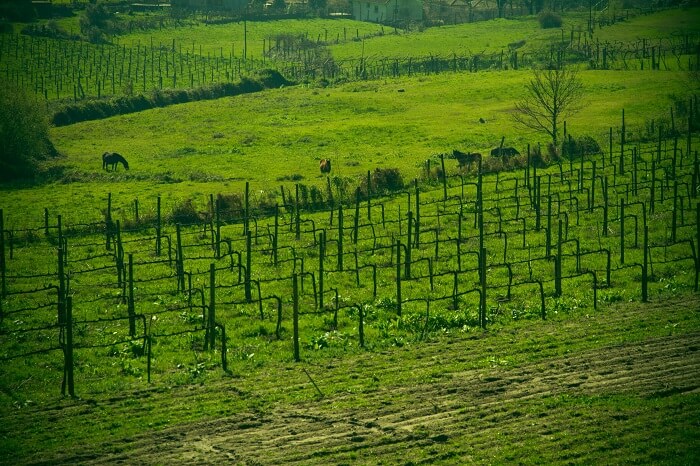
Arcos de Valdevez | © Blend All About Wine, Lda.
The particularly favorable conditions of soil and climate and the predominance in some regions of some grape varieties of typical characteristics made viticulture gain gradual economic relevance and boosted the importance of wine as a source of income.
For that reason, diverse wine regions had been structured in Portugal to allow proper regulation of the production and trade of quality wines. This groundbreaking work of structuring the sector began, first, in 1756 with the demarcation of the wine production region in the Douro, which would be one of the first demarcated regions of the world.

The portrait of Marquis of Pombal by Louis-Michel Van Loo
In fact, the XVIII century was marked by the viticulture growth in Portugal. A major contribution to this was the Treaty of Methuen in 1703, by which England gave special treatment to imported Portuguese wine, which prompted many farmers to begin the use of their lands for the production of wine.
Later, in 1907, about the time of John Franco dictatorship, the logic of demarcation of wine-producing regions was taken up and began the global regulation of the wine sector: it were redefined the boundaries of the demarcated Douro region and it were then marked and regulated other wine-growing regions (Vinho Verde, Dão, Colares, Carcavelos, Bucelas, Moscatel de Setúbal, and Madeira). Only in 1979 and 1980 were demarcated regions of Bairrada and Algarve.
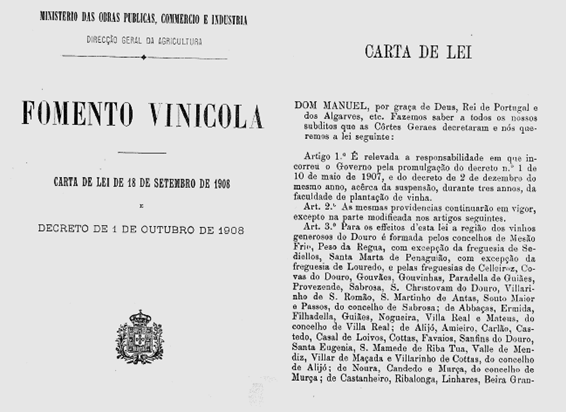
Law of 18th September 1908 | Source: www.vinhoverde.pt
In this process of creating the wine sector, it was constituted for each region a Regional Wine Commission (RWC), of associative nature with public functions to regulate production and trade of wine products. Initially, the RWC were subject to strong state intervention, which led to a progressive loss of autonomy of these entities from the 30s and to some confusion as to their legal status.
Indeed, under the economic plan of corporate organization, the authoritarian political regime called Estado Novo (New State), established in 1926, applied strong interventionist policies in the wine sector because it represented a vital source of foreign exchange and labor market for many thousands of people.
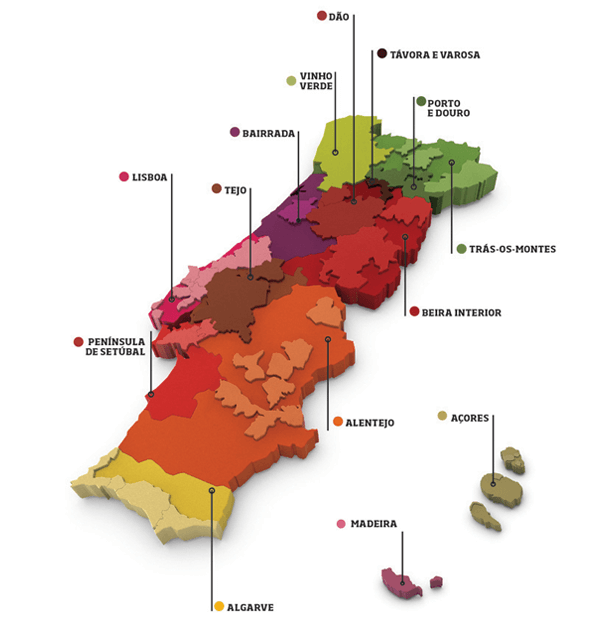
Wine Regions | Source: www.winesofportugal.info
It was then created in 1937 the Junta Nacional do Vinho (National Wine Board), a body of economic coordination functions with performance on production and trade of wine products (promotion of wine consumption in the country, controlling supply, price stabilization and storage of surplus production).
Then, in the 50s and 60s, it was created a wine cooperatives network to respond to market problems in terms of volume of production and unsold production storage (only wine cooperatives could buy the grapes to producers and make the wine, whereby private companies could only buy wine already produced).
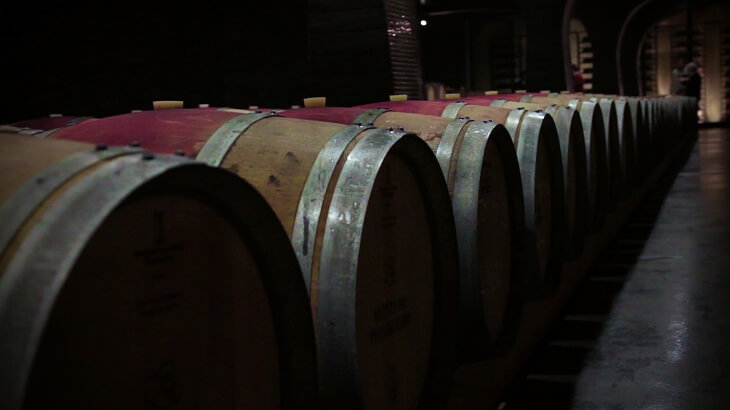
Ervedosa do Douro | © Blend All About Wine, Lda.
In the 80s, the organization of the Portuguese wine sector has undergone a major change, as a result of the pre-accession measures to the European Economic Community, which took place in 1986, and to fully comply with the rules of the European agricultural policy.
Having a policy based on quality wines production, European legislation has required at the time the creation of the concept of “Denominação de Origem Controlada” – “DOC” (Protected Designation of Origin) and the qualitative classification of wines through the categories “VQPRD” (Quality Wine Produced in a Specific Region), “Vinho Regional” (Regional Wine) and “Vinho de Mesa” (Table Wine).
Note that this logic has been revised and we will discuss this topic n a subsequent article.
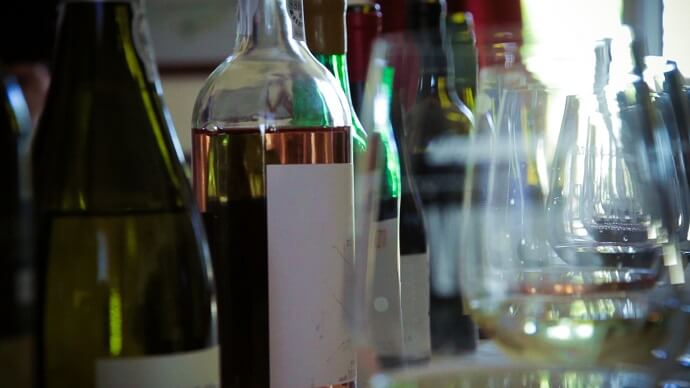
© Blend All About Wine, Lda.
In 1985 a review of the regime of the sector was carried out by the law of the demarcated wine regions (Law no.8/85, of 4th June), that established the self-regulation of the professional interests represented in the RWC, remaining in force in the sector for nearly 20 years.
This review involved a clarification of the nature of these entities according to the new constitutional principles concerning the Right to Freedom of Association, recognizing the RWC as inter-professional associations, ruled by private law. This nature was, however, combined with the presence of a State representative in its deciding body, the General Council.
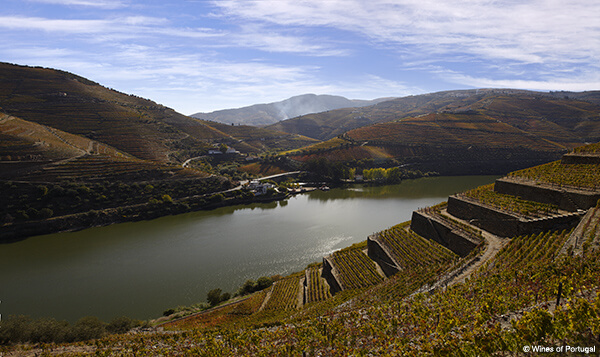
Douro | Souce: www.winesofportugal.info
It was also created in 1986 the Instituto da Vinha e do Vinho, I.P. (IVV – Vine and Wine Institute), which replaced Junta Nacional do Vinho (National Wine Board), aiming to adjust the organization of the sector to the principles and rules of the Community law given Portugal’s recent accession to the European Economic Community.
Almost two decades later, in 2004 a deep institutional reform took place, through Decree-Law no. 212/2004, of 23rd August, in institutional and regulatory terms, according to the European law recent review. This Portuguese law regulate Designations of Origin (DO) and Geographical Indications (GI) used in the wine sector products, on its recognition, protection, control and certification
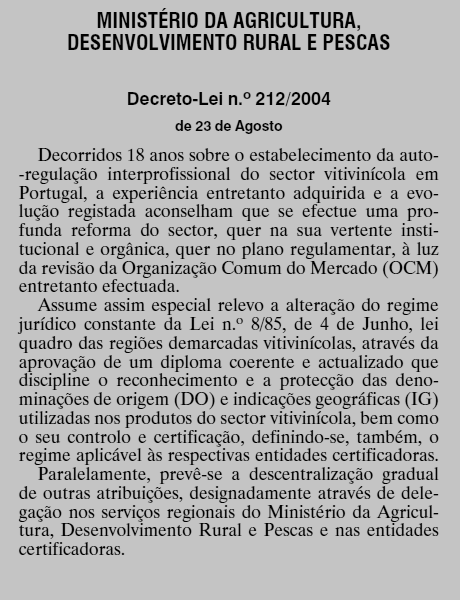
Decree-Law no. 212/2014
Guided by experience, by the evolution of the sector and by the recognition of the RWC’s capability for self-management of the professional interests, this reform established a new model of interaction between the RWC and the State. The figure of Certifying Bodies (CB) is created and the rules of their nature and organizational structure are defined, suppressing the representation of the State in the General Council and reinforcing competences of control and certification.
The Certifying Bodies (CB)
A CB is a private association, of inter-professional character, recognized by the Minister of Agriculture to monitor the production and trade and to certify wine products entitled to the respective Designation of Origin (DO) and/or Geographical Indication (GI).

Dão | Source: www.winesofportugal.info
In accordance with European laws, a CB should be accredited by the Portuguese Institute for Accreditation (IPAC), under NP EN 45011 regulation for the control and certification of wine products entitled to DO or GI. The respective laboratory should also be accredited by the IPAC, under NP EN ISO/IEC 17025 regulation for the physical-chemical tests involved in control and certification.
Thus, the Regional Wine Commissions (RWC) or other entities can be designated as CB, as long as they meet the conditions and requirements of organizational character and technical nature concerning the principles of objectivity, impartiality and independence.
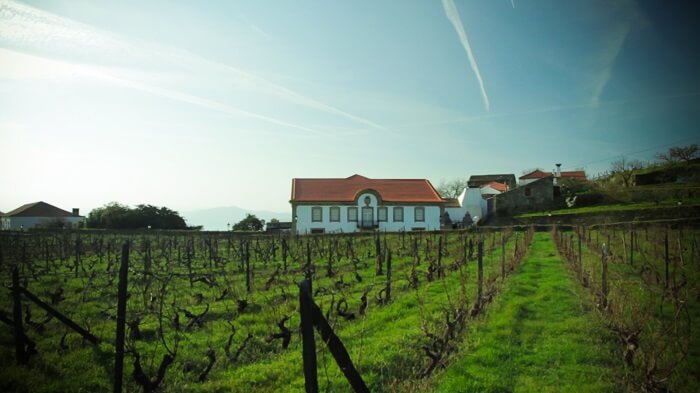
Provesende | © Blend All About Wine, Lda.
In the case of the Douro Demarcated Region and the Autonomous Region of Madeira, the CB´s role is played by public institutes (Instituto dos Vinhos do Douro e do Porto, I. P. – the Douro and Port Wines Institute – and the Instituto do Vinho, do Bordado e do Artesanato da Madeira, I.P. – Institute of Wine, Embroidery and Craftwork of Madeira) and not by private associations such as RWC.
The CB´s main competences are to promote and defend the respective DO and/or GI, to carry out the control and certification of the products with that DO and/or GI, to promote the products they certify, to classify the vine parcels as apt for production and to control the stocks, the production, circulation and trade of grapes and wine products.
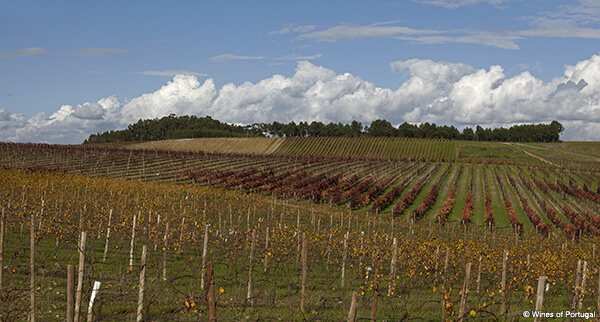
Bairrada | Source: www.winesofportugal.info
Regarding the organic structure, the EC have the following bodies:
– the General Council – deliberative body that gathers representatives of the Production and the Trade of certified products;
– the Board – executive body composed of a chairman and two other members, one appointed by the Production and other by the Trade;
– and Audit Committee – composed of a chairman and two members – or the Auditor, with supervisory powers.
The IVV’s (Vine and Wine Institute) role
The IVV is the body responsible for the wine sector, a public institute under the purview of the Ministry of Agriculture.
With the sector reform in 2004, the role of the IVV was redefined, focusing now its actions on the coordination and control of the sector institutional organization, on the audit of the quality certification system, on the CB’s supervision and audit, also taking part in the coordination and supervision of the promotion of the wine products. As the national contact Entity with the European Union, the IVV carries out the follow-up of the European policy and the preparation of the rules for its enforcement.
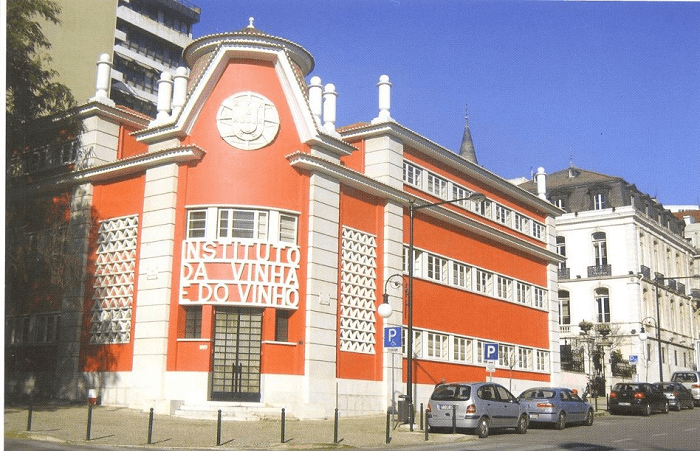
Headquarters of the Instituto da Vinha e do Vinho, I.P
Source: www.facebook.com/IVV.PAGINA.OFICIAL
Generally speaking, this is how our wine sector works. The CB´s work is to defend, certify and control products with DO and/or GI and the IVV coordinates and controls the sector.
Legend:
Wine products: wines, sparkling wines, semi-sparkling wines, liqueur wines, wine vinegars, wine spirits and grape marc spirits;
Wine Products Certification: validation process of the product conformity with the DO´s or IG´s requirements defined by the EC, which is pointed out, in the case of the bottled products, through the guarentee seal placed in the bottle.
Contacts
Regional Wine Commissions and other Certifying Bodies
www.ivv.min-agricultura.pt/np4/np4/212.html
Instituto da Vinha e do Vinho, I.P.
www.ivv.min-agricultura.pt




Leave a Reply